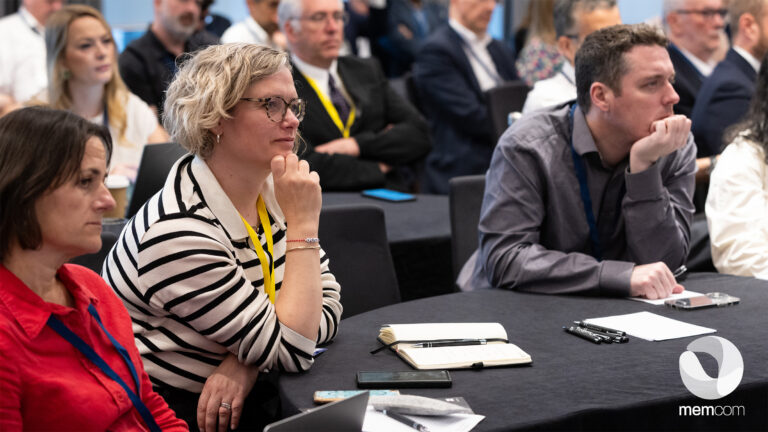Creating meaningful commercial partnerships requires a custom and flexible approach, says CPL One sales director Jonathan Knight.
Our media sales team at CPL One recently attended a Content Marketing Association (CMA) breakfast seminar on partnerships – and it made us reflect on how we define commercial partnerships, and what our clients expect of them.
For a start, when we talk to membership organisations and potential commercial partners about working together for a shared purpose, are we really all on the same page? Or is a lack of clarity about the scope and nature of the opportunity holding back a partnership’s true potential?
Understanding the challenge
We know that partnerships traditionally fall into three categories: contra, accredited and media. With a simple ‘contra’ deal, company A and company B enter into an agreement for mutual benefits; accredited partnerships, perhaps developed to ensure quality standards in training and education, can leave little room for manoeuvre commercially or creatively; and media partnerships are often about signing off a ‘big deal’.
For the ‘advertiser’, media partnerships mean paying a sizeable fee to use the organisation’s logo on publicity materials, getting a full-page advert in issues of a membership magazine, plus space on the newsletter or at the annual conference. There may also be opportunities for native and sponsored content, or white papers.
Inherent in many of these relationships is the sense of the partner becoming an approved supplier – with the organisation endorsing the commercial partner’s products or services.
The terms and conditions of such arrangements can be very stringent, for good reason. But maybe it’s time to break the mould and reconsider the nature of partnerships.
Creating a flexible solution
In truth, there are no set standards, shapes or sizes for partnerships. They can come in different forms and serve different purposes.At CPL One, we’re increasingly talking to clients about doing something outside their comfort zone to get the best from a wider range of potential partnerships and partnership formats. We want to help clients create partnerships unique to them – and that are a perfect fit.
Customisation is the foundation for success here. A new partnership doesn’t always have to be about bringing in a high-status ‘headline’ partner. There’s more freedom to it than that. It could be about creating a smaller package – such as a digital partner for a specific event. It could be that the partnership is flexible enough to target different channels at valuable moments, with no rigidly fixed timeframe.
There’s a good reason for in-built flexibility, too. Data is a powerful tool for lead generation, and at CPL One we are proactive in finding the best data to find the right audience and routes for commercial profit. However, if that intelligence misses the mark when the plan hits reality, we need to react quickly and do something different. A solid partnership requires constant attention and tweaking as it evolves over time and as we learn more about where it is gaining traction and having a positive impact.
Discovering real value
In essence, a partnership doesn’t just support a sales agenda, it’s something that fits the combined needs, values and purpose of the client, its audiences, and the advertiser.
That’s why, when we start to talk to clients about building new partnerships, what we really want to know is about how we can design them to be meaningful for all parties. What are their actual needs? What are the real requirements?
At the CMA seminar, we were reminded that the way we connect and communicate all these elements is through storytelling.
If your business pillar, or conference theme is, say, transformational technology, then how do we use a partnership to tell that story? How do we show that it will improve a member or customer’s day-to-day life, or help them get more out of their business?
If we want to succeed in this, we need to do more than provide an advertising opportunity to give a product or service exposure. Instead, we need to look at that transformation technology pillar or theme, and look at the product and discover how the two marry up. It’s about considering the synergy between them and their potential to work together, and then working out the story that explains that to make it meaningful for people.
There are six words that you should always look at with partnerships: why; who; what; when; where; and how. With profitable partnerships the most important of these is always ‘why’. From there we can start to build a custom partnership that really fits everyone’s needs.
If you’re looking to find and develop new partnerships for your organisation, get in touch.




